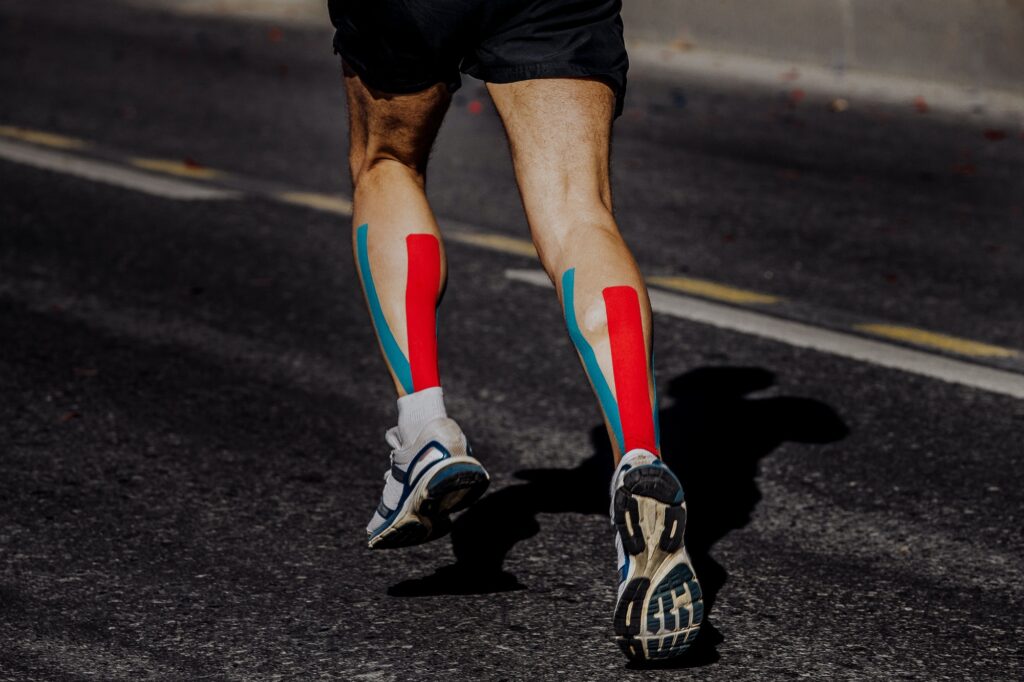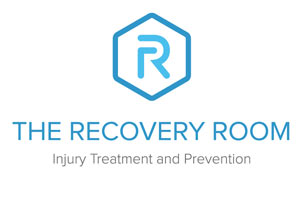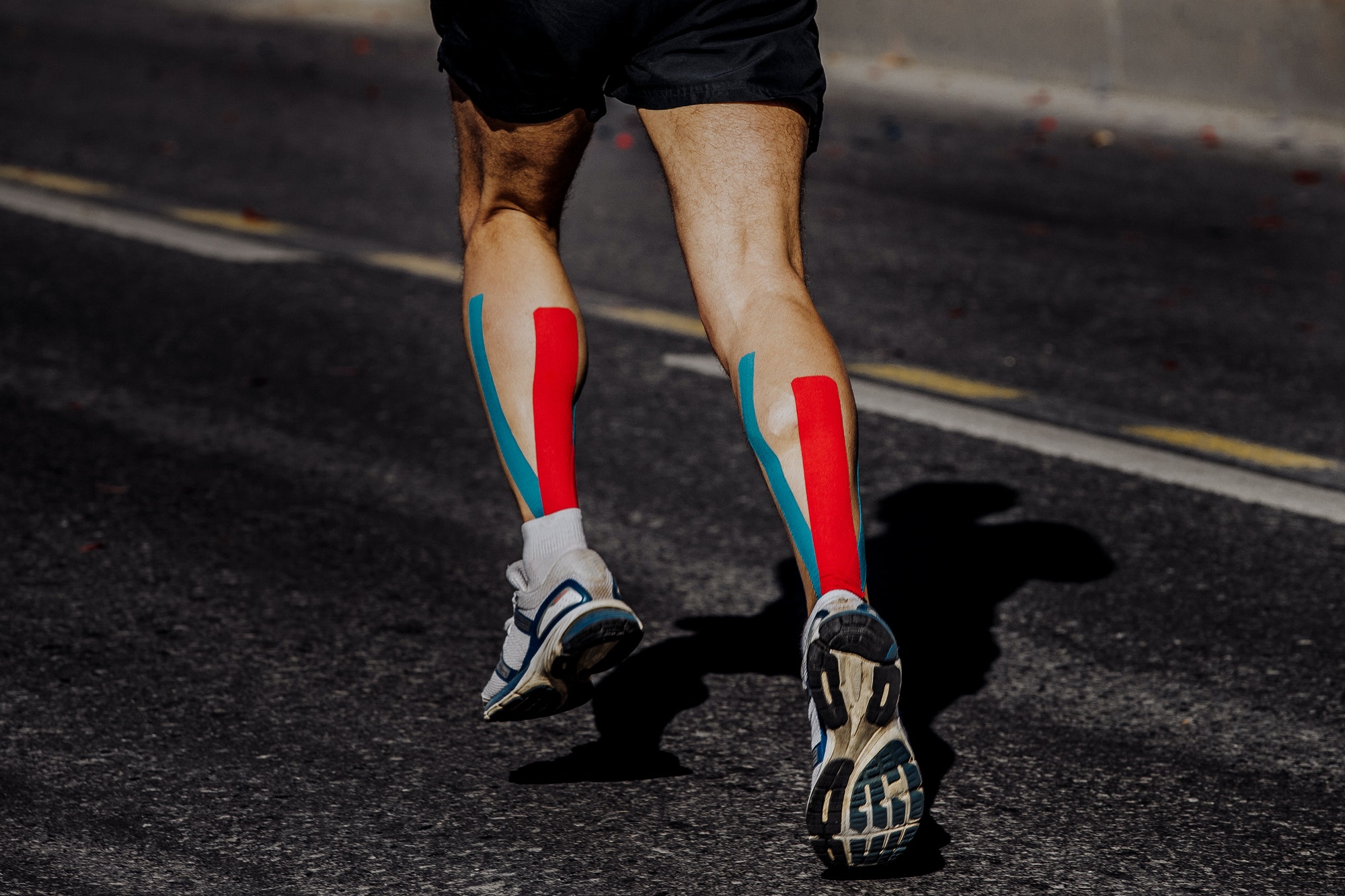Tendinopathy vs Tendonitis
Navigating the Differences and Their Impact
Tendinopathy, a multifaceted realm of tendon injuries encompassing ailments like tennis elbow and Achilles tendon issues, stems from various sources such as aging, stress, or injury. Unlike tendonitis, tendinopathy encompasses not only inflammation but also tendon degeneration necessitating a comprehensive treatment approach.
Symptoms commonly linked with tendinopathy include pain, swelling, and stiffness. This predominantly affects areas like the elbows, shoulders, wrists, knees, and ankles.
High-risk factors include repetitive motion and overuse with athletes and individuals engaged in repetitive tasks particularly susceptible.
The repercussions of tendinopathy extend beyond physical discomfort, impacting daily activities and athletic performance.
Pain and restricted movement can make even routine tasks arduous, underscoring the importance of effective management to stave off long-term issues.
Tendonitis is often characterised by tendon inflammation resulting from acute injuries or continuous micro-traumas, demands swift recognition to avoid confusion in diagnosis and treatment.
Symptoms typically include pain, tenderness, and swelling in affected areas, often disrupting daily activities and athletic endeavors due to discomfort and limited mobility.
While both conditions share symptomatology and impact similarities, their underlying causes and treatment strategies differ significantly. Tendinopathy’s dual nature of inflammation and degeneration contrasts with tendonitis’s focus on inflammation, necessitating tailored treatment plans for optimal outcomes.
Diagnosis involves a meticulous blend of physical examinations, medical history review, symptom assessment, and possibly imaging techniques like ultrasound or MRI. These diagnostic tools are invaluable in guiding treatment decisions, be it conservative approaches or surgical interventions, with rehabilitation playing a pivotal role in the recovery process.
At The Recovery Room, my mission is not just about alleviating immediate discomfort but empowering clients to reclaim their health and vitality. With personalised treatment regimens encompassing rest, physical therapy, and targeted interventions like Shockwave Therapy. I strive to facilitate optimal recovery and prevent recurrence.
The long-term prognosis for both conditions hinges on factors like treatment adherence and underlying health conditions. Untreated or poorly managed, tendinopathy and tendonitis can precipitate chronic pain, limited mobility, and serious complications like tendon rupture. Early diagnosis and customised treatment are non-negotiable for favorable outcomes.
As we navigate the complexities of tendon-related issues, prevention emerges as a cornerstone of maintaining optimal musculoskeletal health. From proper warm-ups before exercise to employing correct techniques during activities, preventive measures are integral in warding off these debilitating conditions.
Recovery may vary depending on the severity of the condition and clients response to treatment. While tendonitis, primarily inflammatory, may resolve quicker with appropriate rest and treatment, tendinopathy, especially if degenerative, may necessitate a more prolonged and specialised approach.
Whether you’re an athlete striving for peak performance or an individual seeking relief from persistent tendon discomfort,
The Recovery Room is here to guide you every step of the way. Together, let’s embark on a journey towards optimal musculoskeletal health and vitality.

What Causes Tendinopathy and Tendonitis?
What are Common Symptoms of Tendinopathy and Tendonitis?
Common symptoms include pain, tenderness, and reduced mobility in the affected area. Tendonitis typically presents with acute pain and swelling, indicating inflammation. Tendinopathy may have a more gradual onset of pain and might not involve swelling if it’s more degenerative in nature.
How are Tendinopathy and Tendonitis Diagnosed?
Diagnosis is usually based on medical history, physical examination, and symptoms. Imaging tests like ultrasound or MRI can help differentiate between the conditions by showing inflammation or degeneration of the tendon.
What are the Treatment Options for Tendinopathy and Tendonitis?
Initial treatment often includes rest, ice, compression, and elevation (RICE), along with nonsteroidal anti-inflammatory drugs (NSAIDs) for tendonitis. For tendinopathy, physical therapy focusing on eccentric strengthening exercises is commonly recommended. Injections and surgery may be considered for severe cases.
Can Tendinopathy and Tendonitis Lead to Complications?
If left untreated, both conditions can lead to chronic pain and disability. Tendinopathy, in particular, can result in the tendon’s reduced ability to withstand stress, increasing the risk of tendon rupture.
How Can Tendinopathy and Tendonitis be Prevented?
Preventive measures include proper warm-up before exercise, using correct technique during activities, ensuring adequate rest between intense activities, and strengthening exercises to maintain tendon health.
Is Recovery from Tendinopathy and Tendonitis the Same?
Recovery may vary depending on the severity of the condition and the individual’s response to treatment. Tendonitis, being primarily inflammatory, may resolve quicker with appropriate rest and treatment. Tendinopathy, especially if it involves degeneration, may require a more prolonged and specialised treatment approach for recovery.
Can Both Tendinopathy and Tendonitis Affect the Same Tendons?
Yes, both conditions can affect the same tendons. Commonly involved tendons include those around the shoulder, elbow, wrist, knee (particularly the patellar tendon), and Achilles tendon. The specific condition (tendinopathy or tendonitis) depends on factors like the duration and type of tendon stress, and individual healing responses.
Are Certain Activities or Sports More Likely to Cause Tendinopathy or Tendonitis?
Yes, certain repetitive activities or sports that put continuous stress on specific tendons are more likely to cause these conditions. For example, runners may experience Achilles tendinopathy or patellar tendonitis, while tennis and golf players are more prone to developing tendonitis in the elbow (tennis elbow or golfer’s elbow). Occupations requiring repetitive motions can also increase the risk.
Is Age a Factor in Developing Tendinopathy or Tendonitis?
Age can indeed be a factor in developing these conditions. Tendonitis is more commonly seen in younger individuals who engage in high-intensity sports or activities that can lead to acute tendon injuries. Tendinopathy, particularly tendinosis, is more often associated with aging and the degeneration of tendon quality over time, making older adults more susceptible, especially if they remain physically active.





